Step Lightly: Choosing Sustainable Alternatives to Nylon Stockings
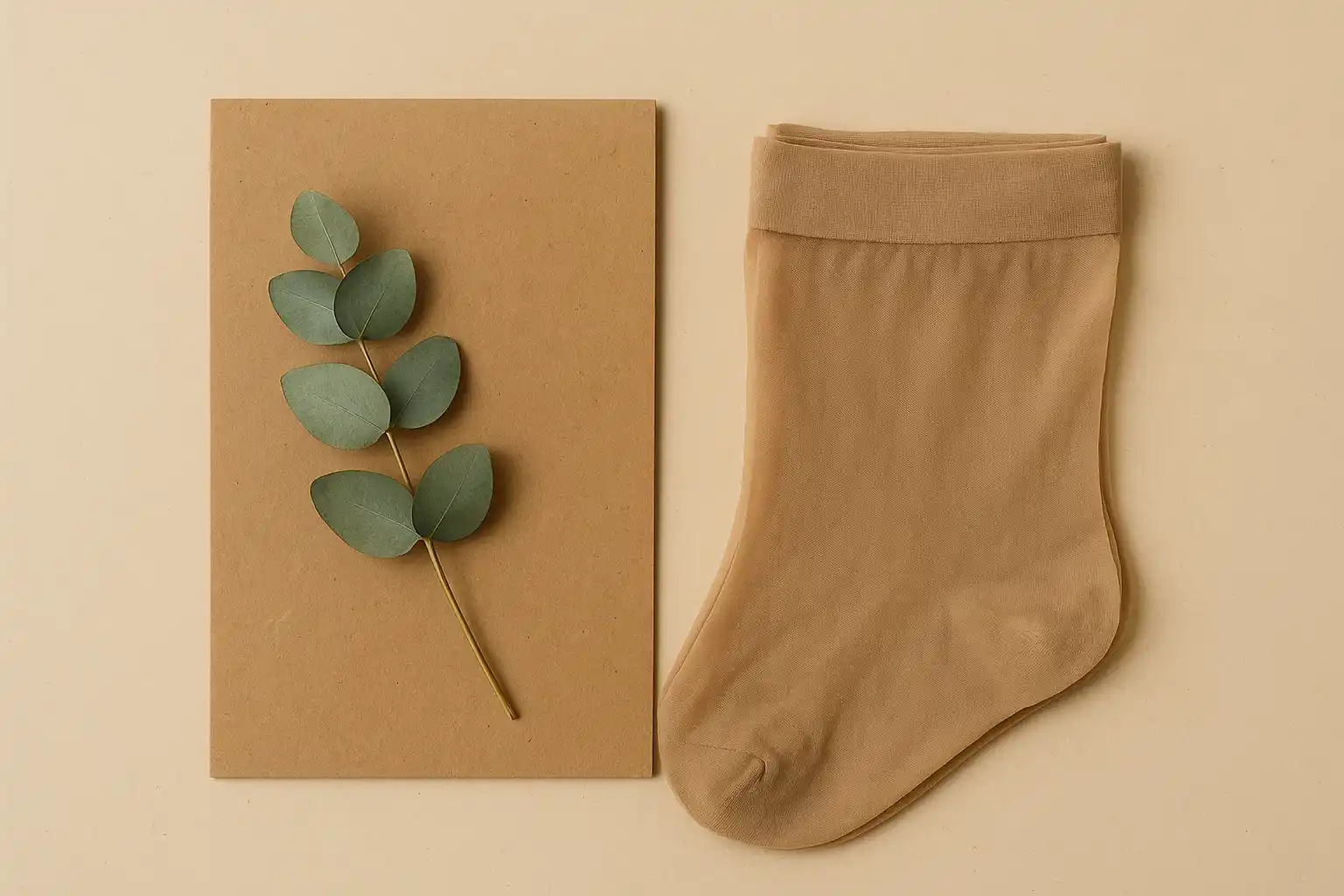
The delicate sheerness and smooth feel of nylon stockings have made them a popular choice for hosiery for decades, adding a touch of elegance and polish to various outfits. However, traditional nylon stockings are often fragile, prone to snags and runs, leading to frequent replacements and a significant contribution to textile waste. Furthermore, nylon is a synthetic fiber derived from petroleum, a non-renewable resource, and its production is energy-intensive. As non-biodegradable items, discarded nylon stockings persist in landfills for centuries, adding to the growing problem of waste accumulation. For the environmentally conscious individual seeking more sustainable and longer-lasting hosiery options, innovative alternatives are emerging that minimize waste and offer a more responsible approach to legwear.
The environmental impact of traditional nylon stockings is considerable. Their production relies on fossil fuels and energy-intensive manufacturing processes. The inherent fragility of the material often results in a short lifespan, leading to frequent replacements and a significant volume of discarded stockings entering the waste stream annually. The non-biodegradable nature of nylon means these items persist in the environment for extended periods, contributing to textile waste and potentially breaking down into microplastics. Recognizing this unsustainable cycle, many are seeking more durable and environmentally friendly alternatives that offer both style and a reduced ecological footprint.
Fortunately, advancements in textile technology and a growing awareness of sustainability have led to the development of more eco-conscious hosiery options. By choosing recycled nylon hosiery that repurposes waste materials, exploring biodegradable alternatives made from innovative plant-based fibers, or opting for ladder-resistant options designed for increased durability and longevity, consumers can make a significant difference in reducing textile waste and minimizing their environmental impact. These alternatives often offer comparable comfort and style while aligning with a more mindful and sustainable approach to fashion.
Sustainable Strides: Exploring Eco-Friendly Hosiery Alternatives
Moving beyond the short lifespan and environmental concerns of traditional nylon stockings reveals a range of more responsible and durable options:
Recycled Nylon Hosiery: Giving Waste a Stylish Second Life
Recycled nylon hosiery offers a compelling way to reduce the demand for virgin nylon and divert waste from landfills and oceans. By utilizing pre-consumer industrial waste or post-consumer items like old fishing nets and carpets, manufacturers can create new nylon fibers with a significantly lower environmental footprint. Recycled nylon offers similar strength and elasticity to virgin nylon, making it suitable for durable and comfortable stockings. Choosing hosiery made from recycled nylon supports a circular economy and reduces the environmental impact associated with raw material extraction and production. Brands like Swedish Stockings are pioneers in this area, creating stylish and durable hosiery from recycled nylon.
Biodegradable Alternatives: Returning to the Earth Responsibly
The development of biodegradable alternatives for hosiery represents a significant step towards a more circular fashion system. These innovative materials, often derived from plant-based sources like cellulose fibers, are designed to break down naturally at the end of their lifespan, minimizing their long-term persistence in the environment. While still relatively new to the hosiery market, biodegradable options offer the promise of legwear that can eventually return to the earth without leaving behind harmful synthetic materials. Research and development in this area are ongoing, and we can expect to see more readily available and durable biodegradable hosiery options in the future.
Ladder-Resistant Options: Investing in Longevity
While not necessarily made from recycled or biodegradable materials, ladder-resistant stockings offer a crucial element of sustainability by significantly extending the lifespan of the garment. By choosing hosiery that is specifically designed to resist runs and tears, consumers can reduce the frequency with which they need to purchase new stockings, thereby minimizing textile waste over time. Investing in higher-quality, more durable hosiery, regardless of the fiber content, is a key aspect of mindful consumption and can be a more sustainable choice in the long run. Brands like Hēdoïne focus on creating durable and ladder-resistant tights and stockings.
Completing Your Conscious Wardrobe: Sustainable Choices from Top to Toe
By consciously choosing recycled nylon hosiery, exploring biodegradable alternatives, and investing in ladder-resistant options, we can make a significant impact on reducing textile waste associated with legwear. Opting for higher-quality, more durable, and environmentally responsible hosiery aligns our fashion choices with a more sustainable and mindful way of living.
Related Blogs
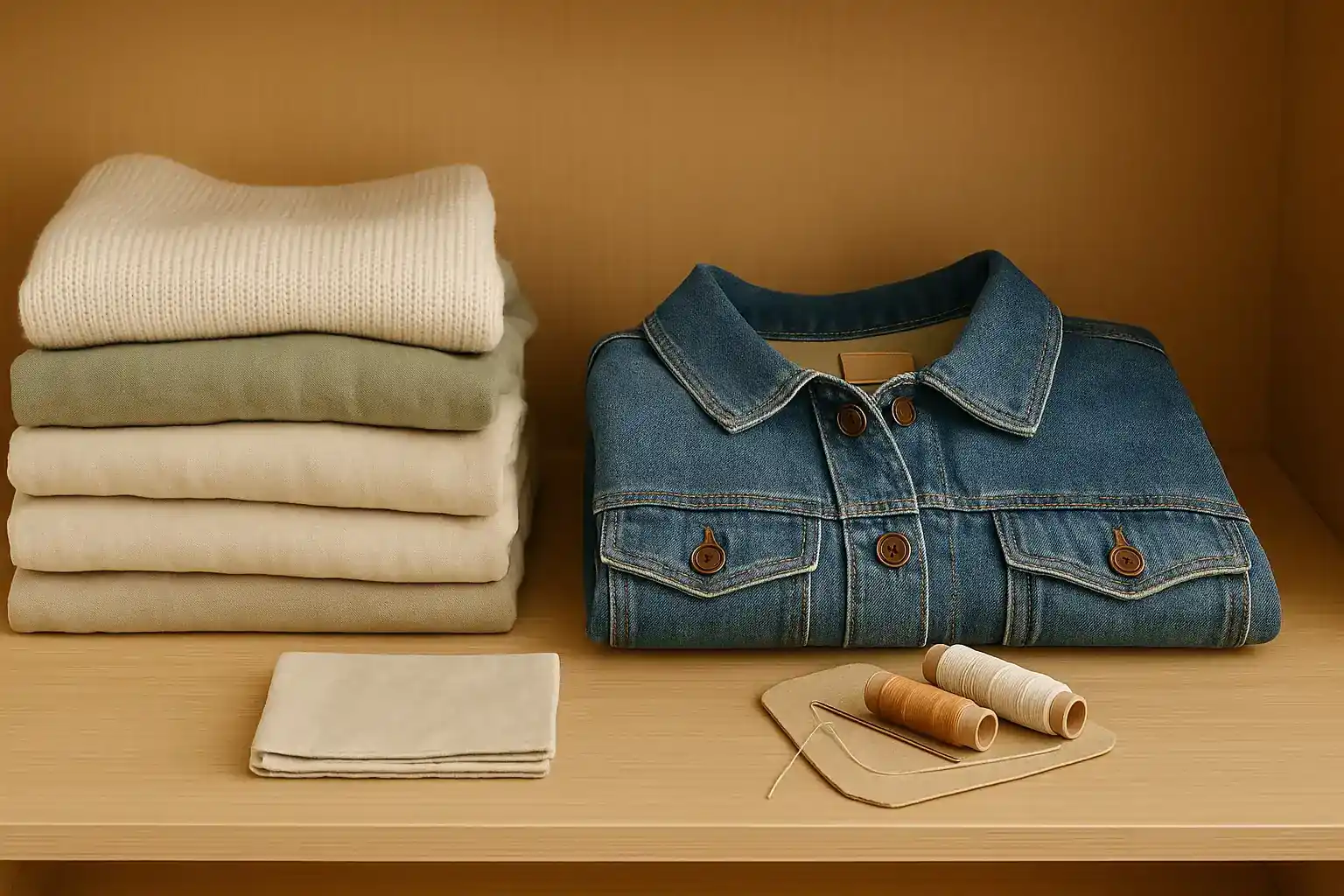
10 Transformative Wardrobe Swaps for a Lighter Environmental Fashion Footprint
Learn how to reduce your fashion footprint with impactful wardrobe swaps.
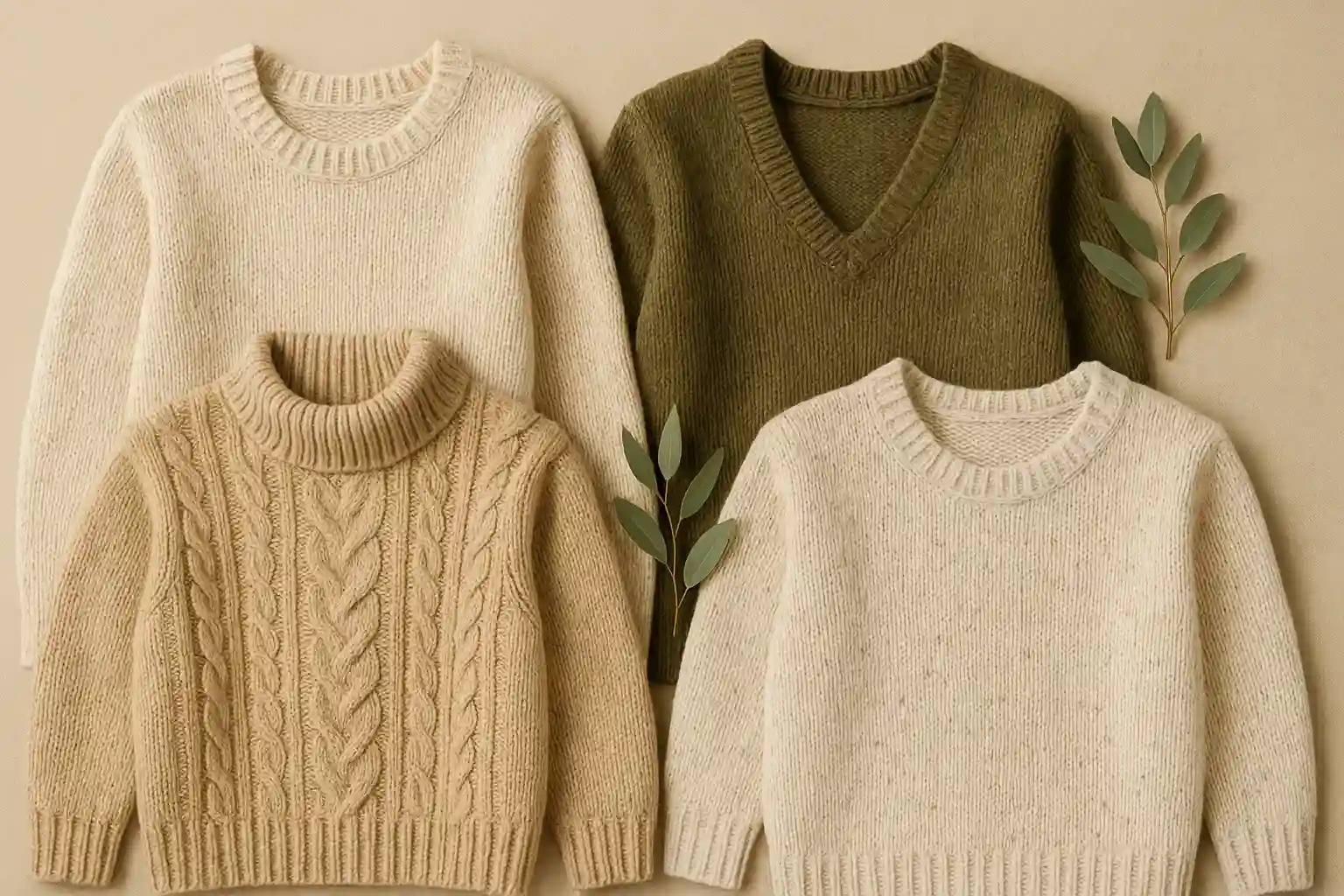
Wrap Yourself in Responsibility: Choosing Sustainable Alternatives to Acrylic Sweaters
Upgrade to durable and breathable wool (certified farms), alpaca, or Tencel-blend knits.
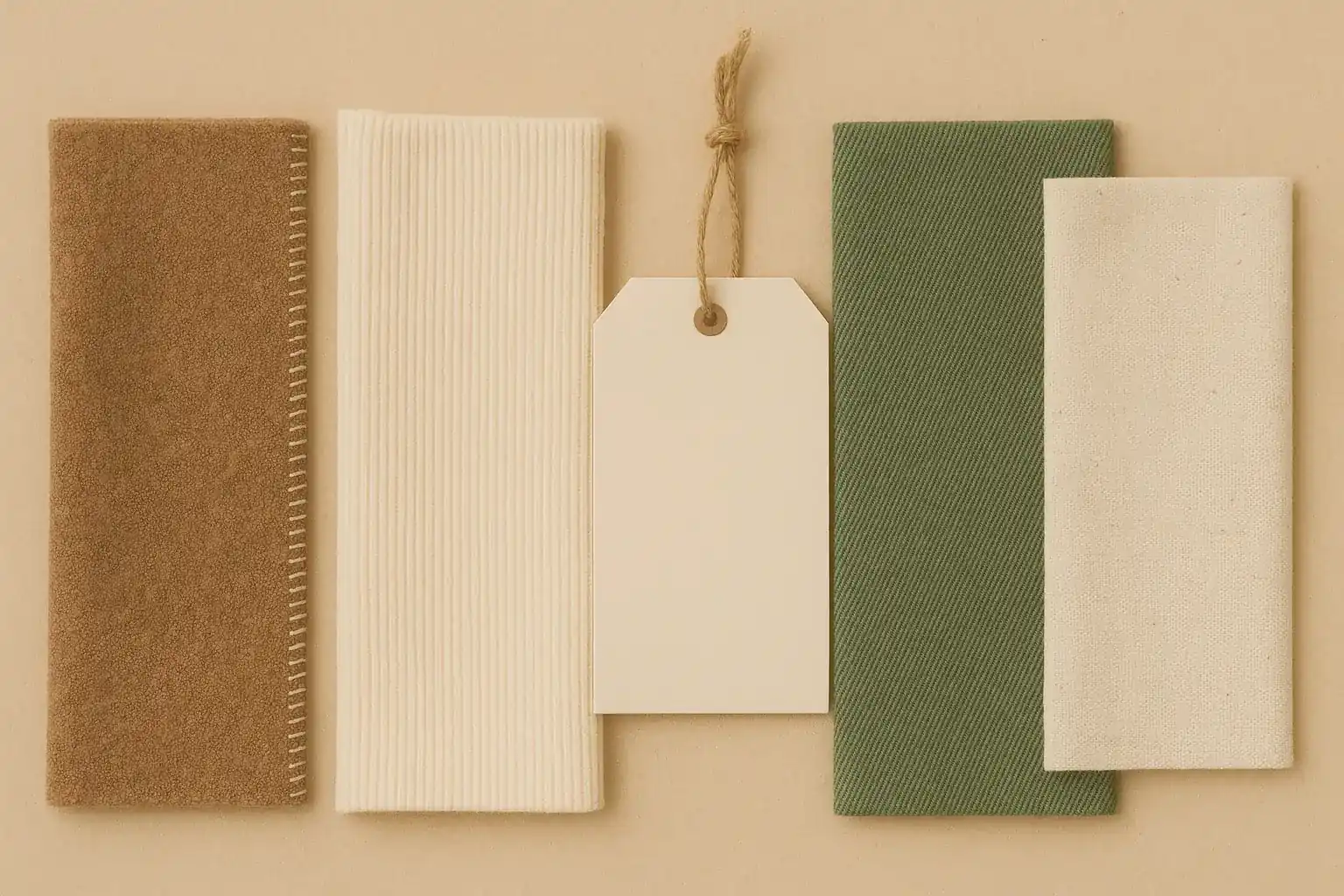
Decoding Fabric Labels: What's Really Sustainable?
Insights on decoding fabric labels in a sustainable way.

Outsmarting the Dry Cleaner: Choosing Machine Washable Naturals for a Toxin-Free Wardrobe
Avoid toxic PERC solvents by opting for machine washable organic cotton and linen clothing.

Fastening the Future: Choosing Sustainable Alternatives to Plastic Buttons
Opt for biodegradable coconut shell, corozo, or wood buttons for eco-conscious clothing.
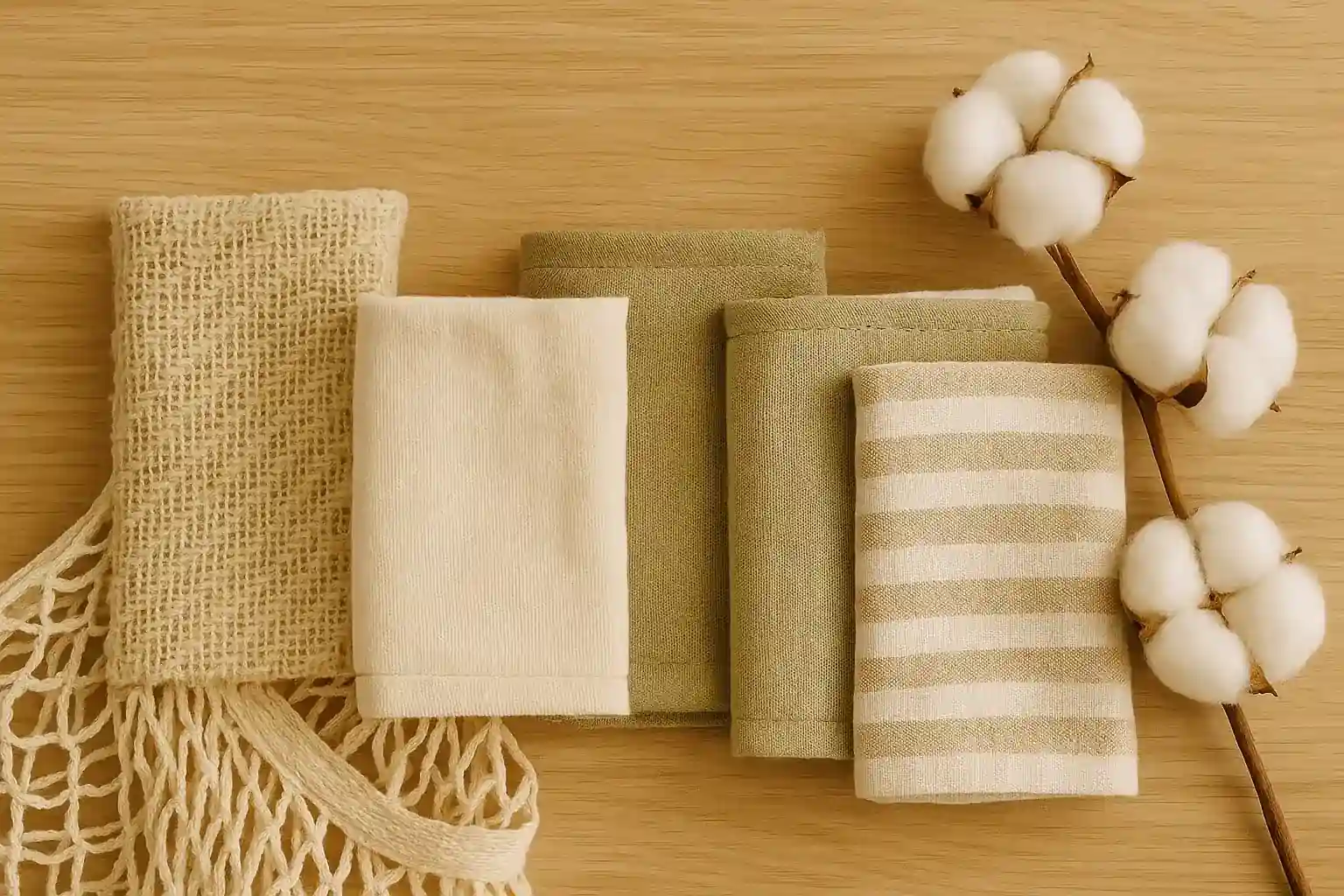
Eco-Friendly Fabrics 101: What to Look For
A beginner’s guide to identifying sustainable & low-impact fabrics.
Stay in the Loop
Get tips and insights tailored to your interests — no spam, just sustainability.